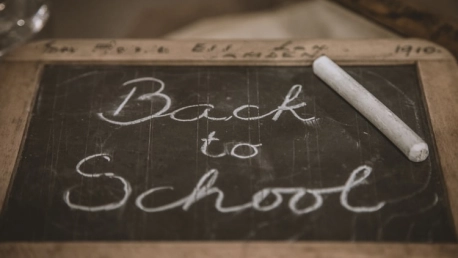The reopening of schools in 2020 is still a decision fraught with uncertainty, one of the many things made more difficult by the COVID-19 pandemic. Nobody really knows what is best when it comes to education during a pandemic. The contingency plans prepared by authorities everywhere are probably based on studies and on the limited experiences of those countries that decided to take more risks. However, these may prove to be of little use in many instances. With lockdown measures still in question, especially with the number of cases on the rise, distance learning seems to be the safer bet.
Since there is no one-size-fits-all strategy available at this time, some schools will probably return to traditional teaching methods, while others have already announced plans to resort to holding classes remotely.
Reopening Schools Across the U.S. – A Risky Decision
A recent study shows that the reopening of schools without serious testing and contact tracing measures may create a second wave of the pandemic, either in December 2020 or February 2021. The research team involved in the study created a COVID-19 transmission model based on the particularities of the pandemic reported by UK sources. Considering the two strategies put forward for the reopening of schools – full-time or part-time (by rotation) –, six different scenarios have emerged. To sum up, the study showed that a strong recurrence of the pandemic can be avoided by aggressively testing all individuals showing symptoms of COVID-19, followed by effective contact tracing.
However, scientists also think that reopening schools may lead to a second and even more dangerous wave of the pandemic in December 2020, or February 2021, if the testing for active infection, followed by contact tracing those infected, falls below standards. Their findings suggest that this second wave can be more than twice as severe as the current one.
The Importance of Going Back to School
With these risks in mind, it’s also important to consider the fact that schools and daycare centers provide not only access to proper education, but also a safe and supportive environment for children and students. In doing so, schools also provide jobs for teachers and other personnel, while enabling parents and caregivers to work. Schools are among the most important institutions in the US because they provide services that fit in with the needs of children and parents alike. This is the reason why returning to school is a big step towards returning to normal because it allows parents to work and students to grow and evolve within their own communities.
According to the US Centers for Disease Control and Prevention (CDC), “school closure disrupts the delivery of in-person instruction and critical services to children and families, which has negative individual and societal ramifications. The best available evidence from countries that have opened schools indicates that COVID-19 poses low risks to school-aged children, at least in areas with low community transmission, and suggests that children are unlikely to be major drivers of the spread of the virus.” The CDC advises policymakers to keep in mind that reopening schools across the US is extremely important for the future of American children and, by extension, for the future of the country.
Back to School. Here’s What We Already Know
Reopening both schools and society itself is the ultimate goal of policymakers everywhere. However, when pursuing this important goal it’s important to take into account all the things we already know about the new coronavirus pandemic and how it spreads among children and young adults. An important number of schools in the US have already begun traditional classes, with states like Georgia, Indiana, Louisiana, Mississippi, and Tennessee being busy reopening their schools. The US is not alone in reopening schools this autumn. Denmark, the first country in Europe to impose a lockdown, reopened its schools in April, while Israel followed suit in May. Countries such as Taiwan, Nicaragua, and Sweden never closed their schools at all. For some of them, this decision came at a cost.
Several school employees have died of COVID-19 complications in Sweden, and the same thing may be occurring even closer to home. When Georgia, Indiana, Louisiana, Mississippi, and Tennessee schools that resumed traditional classes have also seen a resurgence of cases, other schools announced their decision to start the school year remotely.
The different experiences of countries around the world with the reopening of schools show that there is no one-size-fits-all strategy to prevent the spread of the virus in schools and communities. But one thing is certain: going back to school will be a very different experience this year. Compliance with protection measures is extremely important, and so is considering other strategies when it comes to schooling. For the moment, full-time remote learning and part-time rotation systems remain worthy strategies in fighting the COVID-19 pandemic.









